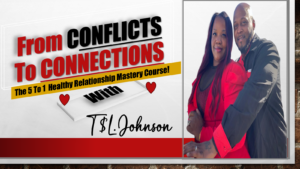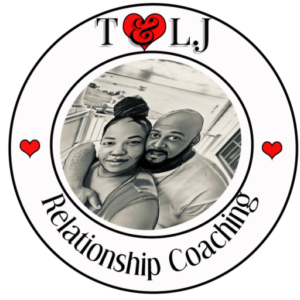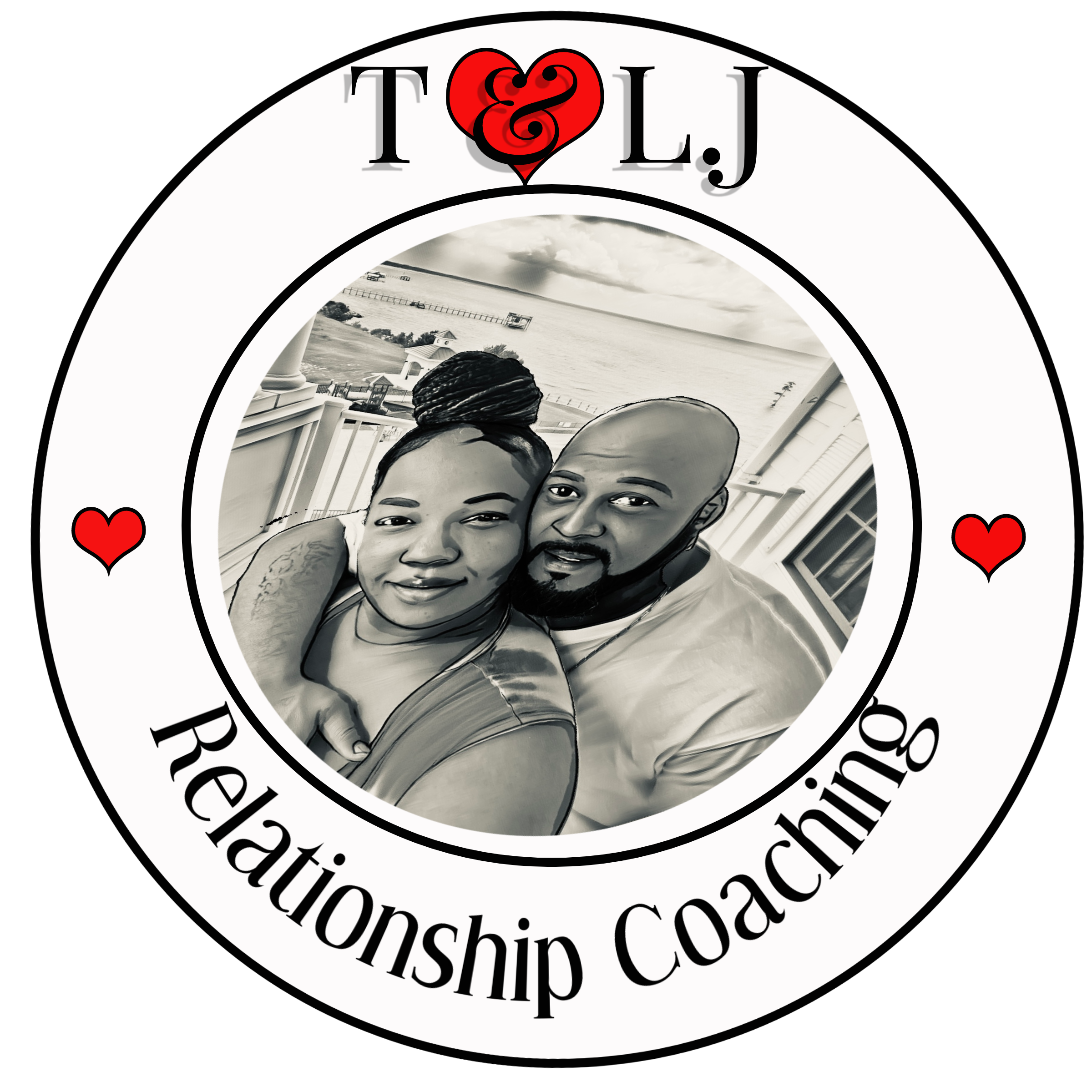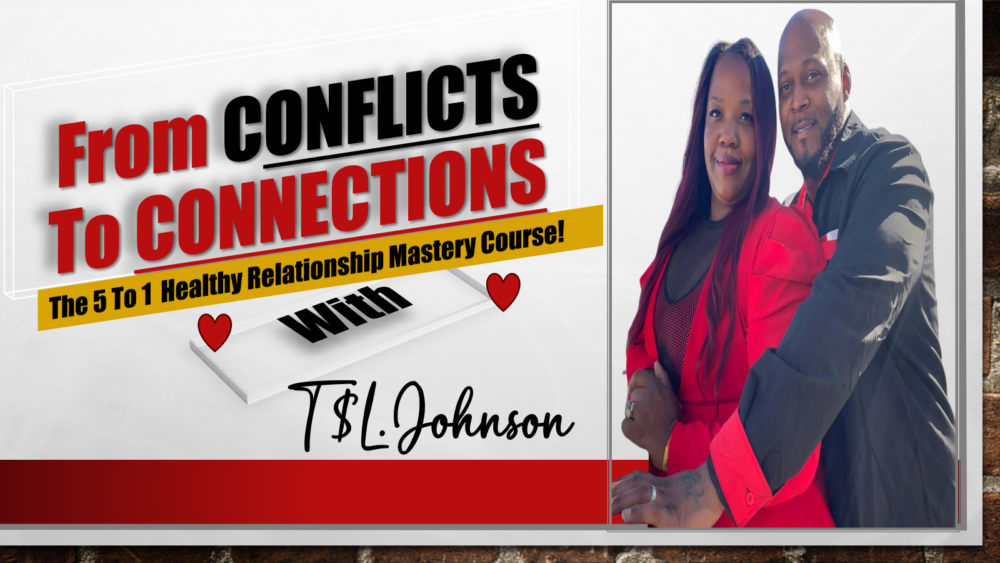Hey there! Today, I want to share something that’s really close to my heart: understanding the journey from conflict to connection. Life’s too short to let misunderstandings and disagreements take over our relationships. Based on my experiences, I’ve broken this journey down into five major areas that are key to fostering connection and understanding. Let’s dive in!
Embracing Differences
Understanding Perspectives
First off, let’s talk about embracing differences. This sounds easy peasy, but trust me, it can be tough! Each person is like a unique puzzle piece; we all bring different shapes, colors, and patterns into the picture. This diversity can lead to conflicts, but it also opens up doors to learning. When I find myself in a disagreement, I strive to step into the other person’s shoes and see things from their viewpoint.
During a recent heated debate with a friend, I realized that instead of just pushing my point, I should actively listen. I set aside my emotions, and by doing so, I was able to uncover the true intentions behind their words. It turned out we were both after the same goal, just using different roads to get there!
Embracing these differences not only enriches our relationships but teaches us humility and something new. So, next time you’re faced with a conflict, remember that differing perspectives can be a goldmine of understanding!
Finding Common Ground
Once we’ve recognized our differences, the next step is all about finding that common ground. This is where the magic happens! For me, it’s crucial to identify shared values or goals during conflict resolution. It sets a positive tone for the conversation ahead.
I recall an argument with a co-worker regarding a project direction. Instead of focusing on the disagreement, we put our heads together to establish our mutual aim: delivering the best project possible. By aligning with our common objective, we were able to build solutions that satisfied us both!
So, don’t shy away from discussions that feel daunting. Seek that commonality, and you’ll find a path toward connection, even amidst disagreement.
Practicing Empathy
Practicing empathy is a game-changer, my friends! Empathy isn’t just about feeling compassion; it’s about truly understanding what the other person is going through. It’s a skill worth honing, as it can deeply transform your approach to conflicts.
I’ve experienced countless misunderstandings that stemmed from a lack of empathy. When I made an effort to empathize, everything shifted. In one instance, listening to another person’s struggles and fears during a disagreement opened my eyes to the real issue at hand. This acknowledgment paved the way for a heartfelt and productive conversation.
So, take a moment to genuinely connect with others. Put aside your own narrative and soak in theirs. Trust me, practicing empathy will build a bridge of understanding that will make conflicts seem less daunting.
Open Communication
Encouraging Honest Dialogue
Open communication is where the real rubber meets the road. It’s about expressing thoughts and feelings without fear of judgment. I’ve found that being open and honest during conflicts not only helps in resolving issues but strengthens bonds.
In a tense conversation once, I decided to speak my mind, albeit a bit shakily! Instead of sugarcoating my feelings, I shared my true thoughts, which allowed the other person to do the same. Our candidness transformed the atmosphere from tension to collaboration.
Remember, it’s essential to create a safe space for dialogue. When both parties feel comfortable expressing themselves, that’s when understanding flourishes!
Active Listening Techniques
Now, let’s not forget about the power of active listening. This is an art that many people overlook! It’s not merely about hearing the other person; it’s about fully engaging and reflecting on what’s being said. I learned this the hard way in my early years, thinking I was a great listener when I really just heard words.
In a few recent conflicts, I focused on being fully present, maintaining eye contact, and asking clarifying questions. What a difference this made! I felt less defensive and more insightful. It’s amazing what a little attentiveness can do to understand a person’s need.
So, next time you’re in a conversation that feels sticky, lean into active listening. It’ll not only deepen your understanding but also show the other person that you genuinely care.
Nonverbal Communication Awareness
Nonverbal cues can either make or break a conversation. Body language, tone of voice, and facial expressions speak volumes about our feelings during discussions. I learned this firsthand when I realized that my crossed arms were sending a message of defense, not engagement.

Becoming aware of nonverbal communication has changed the way I approach conflicts. By focusing on maintaining open body language and a calm tone, I’ve found my conversations to be more inviting. It’s like having a secret weapon in resolving conflict!
So, pay attention to your nonverbal cues and the cues of others. This awareness can guide you in navigating conflicts more successfully.
Cultivating Respect
Mutual Respect Fundamentals
Cultivating respect is foundational in turning conflicts into connections. When both parties respect each other, even heated debates can become constructive. I’ve found that respecting different opinions and avoiding personal attacks creates a more efficient resolution environment.
Once, I faced a disagreement with a family member. Instead of disregarding their opinion, I chose to respect their perspective. This simple act not only lightened the tension but also made them more receptive to my viewpoints. It’s magical what respect can do!
Make it a priority to treat the other person with grace, even when disagreements arise. It’s a guaranteed way to keep connections intact and strong.
Setting Healthy Boundaries
Let’s chat about boundaries! Healthy boundaries are essential for respectful interactions. They establish what’s acceptable and what’s not during conflicts. I had to learn this lesson the hard way when I found myself overwhelmed during discussions without boundaries.
Setting boundaries has allowed me to communicate my limits clearly, reducing frustrations and misunderstandings. For instance, letting someone know upfront that I need a moment to collect my thoughts before responding can defuse tension.
So, don’t hesitate to establish boundaries and communicate them with clarity. It not only helps you but also communicates respect towards the other person’s feelings.
Expressing Gratitude and Acknowledgment
Finally, expressing gratitude and acknowledgment plays a huge role in cultivating respect. When someone makes an effort to reach out during a conflict or acknowledges their part, I always make it a point to express gratitude. Simple ‘thank yous’ can soften the heart and encourage a more forgiving atmosphere.
Not too long ago, after resolving an issue with a friend, I thanked them for their patience and understanding. It turned what could have been a bitter moment into a sweet one, reminding us both of our bond.
Remember, gratitude acts as a balm for hard conversations. Nurture it in your interactions, and you’ll watch conflicts turn into moments of connection.
Frequently Asked Questions
1. What are the key areas to focus on while moving from conflict to connection?
The key areas include embracing differences, open communication, and cultivating respect. Each plays a vital role in understanding and resolving conflicts.
2. How can I practice empathy in a heated situation?
Try to actively listen and put yourself in the other person’s shoes. Acknowledge their feelings, and reflect back what you hear to show you understand their perspective.
3. Why is open communication important?
Open communication fosters a safe space for honest dialogue, allowing both parties to express their feelings freely and work towards resolution together.
4. What role does nonverbal communication play in resolving conflicts?
Nonverbal communication, like body language and tone, significantly influences how messages are received and perceived. Being aware of these cues can help in managing the tone of the conversation.
5. How can gratitude help in dealing with conflicts?
Expressing gratitude helps build bridges and softens tensions. It acknowledges the other person’s efforts to resolve issues, fostering a more connected and supportive atmosphere.

Schedule Your First 20-Minute Coaching
Call With Us Today to see if we fit . You pick the price!
Click Here




